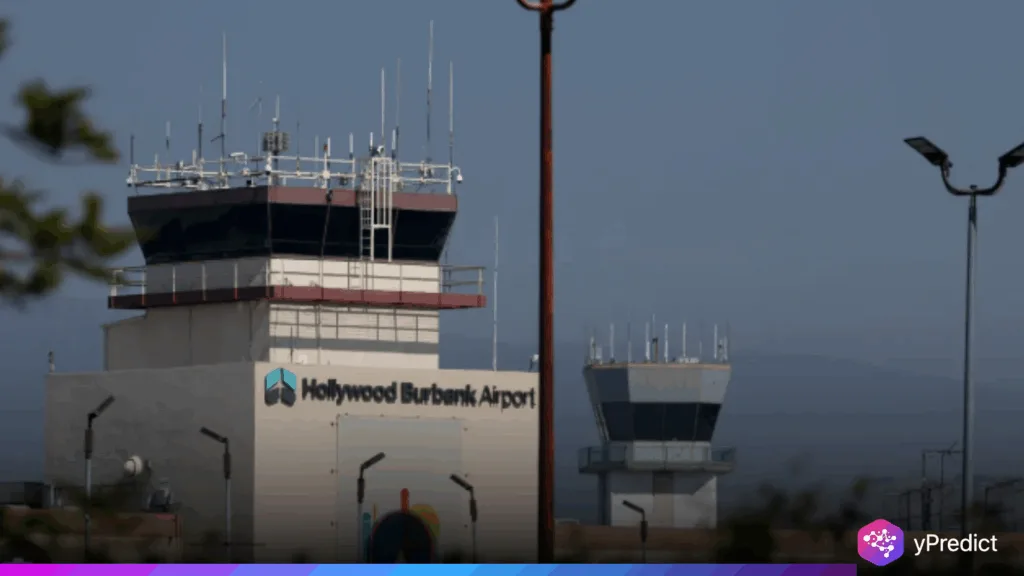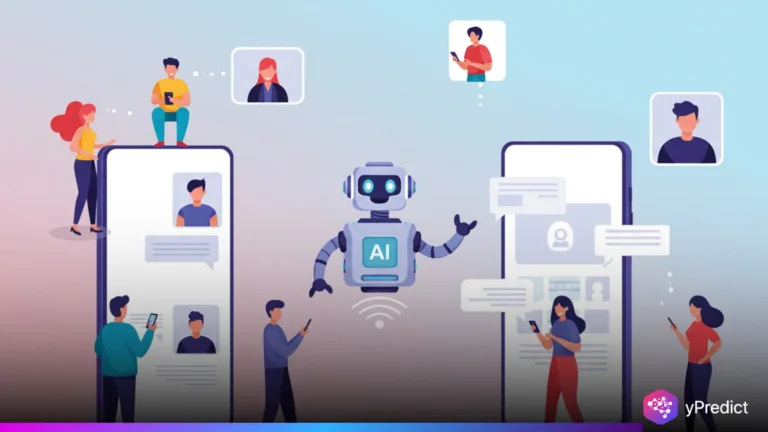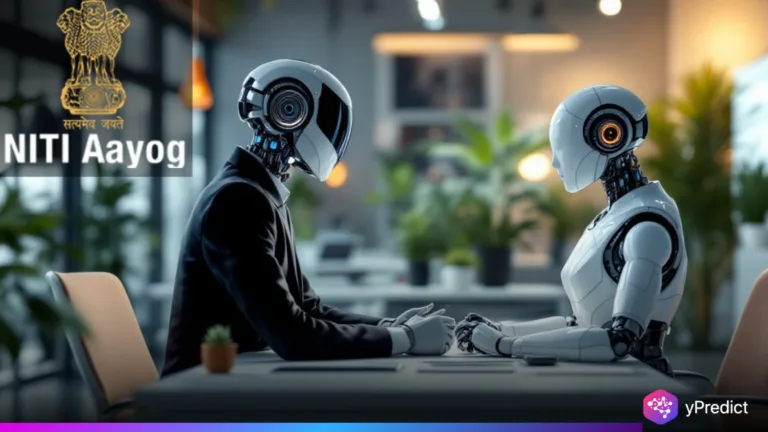
Weird scene at Burbank Airport this week. The control tower sat empty, no air traffic controllers. No planes are being guided in or out by voices. Pilots were required to phone controllers 120 miles away in San Diego simply to land. The cause? The U.S. government shutdown exacerbated a nationwide staffing shortage. The incident underscored the tenuousness of air safety when humans are the sole defense. Specialists say it’s time to revise the system. Maybe AI could fill the gap when humans can’t. The Burbank crisis could be the canary in the coal mine for the entire industry.
Human Limits on Display
What occurred at Burbank isn’t merely a personnel glitch — it’s an indication of stress. The FAA has a hard time filling positions already. Controllers are aging out. Training takes years. And shutdowns freeze hiring. Thus, when the tower went unmanned, it demonstrated how rapidly the system can break down.
So pilots depended on San Diego-based controllers to control airspace. That’s 120 miles away. Communication lagged. Response times slowed. It worked, but barely. ABC7 even noted that some flights were suspended. Picture an air traffic control tower during a morning rush—hundreds of planes and thousands of lives depending on remote voices over the radio.
The FAA’s NextGen modernization plan is designed to address this with improved technology and new infrastructure. But humans still sit at the center. They get tired. They make mistakes. And they can’t work when the government shuts down. AI, however, doesn’t require sleep or paychecks. It might track flights around the clock, catch dangers in the bud, and handle congestion with unstinting diligence. The U.K. has previously trialed “Aimee,” an AI assistant aiding controllers in identifying potential midair conflicts at Heathrow. Burbank just showed us why those experiments are important.
AI Control Towers — concept to reality
The AI-powered control towers concept isn’t science fiction anymore. Australia’s new Sydney airport, however, is going to fly the other way with a remote tower that’s completely dependent on radar and cameras, run from miles away. The RAAF already operates one, JORN, for radar coverage. They foreshadow what’s possible — AI may soon be able to manage real-time control, with safety and efficiency.
At Burbank, the issue wasn’t weather or tech. It was people. An AI might’ve stepped in, steering the aircraft autonomously until we were back. It’s autopilot, but for airports.
Still, it’s not that simple. FAA needs to solve trust, regulation, and ethics before rolling AI into full control. Pilots would have to have faith in the system’s decision. Regulators would have to demonstrate it’s foolproof. The transition will probably begin humbly, with hybrid configurations where AI assists humans, not substitutes them.
Scientific American recently observed that AI can parse much more data than human controllers ever could. It can monitor thousands of flight paths simultaneously, identify conflicts immediately, and notify humans before complications escalate. That’s just what Burbank required when its tower went black.
Conclusion
The Burbank shutdown was not merely a people problem. It was a preview of the future and the dangers of turning your back on it. With air traffic soaring, human-only will not suffice. AI-powered control towers become the norm rather than the exception. They don’t get sick. They don’t need government paychecks. And they don’t make stale errors. But adding AI into the skies will take caution, confidence, and evidence that it can protect people. Burbank’s lesson is simple: when mankind stumbles, machinery has to be prepared to take the lead, silently, steadfastly, and unfailingly.






